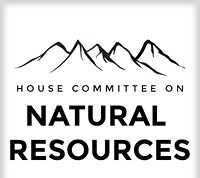WASHINGTON, D.C. – February 14, 2013 – (RealEstateRama) — The Housing Assistance Council has released this flexible toolkit which highlights steps, tools, and methods that can be used to complete an accurate homeless count on Native American lands. The toolkit is based upon past research as well as interviews with key stakeholders in the field.
Homelessness in rural areas can be difficult to address. Small spread-out populations make homeless counts difficult to accurately conduct in rural communities. However, these counts are often critical to effectively ensure that rural communities receive the support necessary to assist homeless persons in securing safe, permanent housing.
This difficulty is further compounded in rural communities on American Indian, Alaska Native, and Hawaiian Home Land (AIANHH) lands. Issues surrounding tribal mistrust of the federal government, a lack of understanding of tribal sovereignty and diversity among Indian nations by outside entities, cultural competencies, and legal complexities associated with tribal lands create additional challenges to conducting an accurate count. Furthermore, situations of people in need on Native American lands often do not fit federal definitions of homelessness, which increases the difficulty in accessing funding. As a result, homelessness is often under or inaccurately counted and populations remain grossly underserved.
To access the toolkit, click here.















